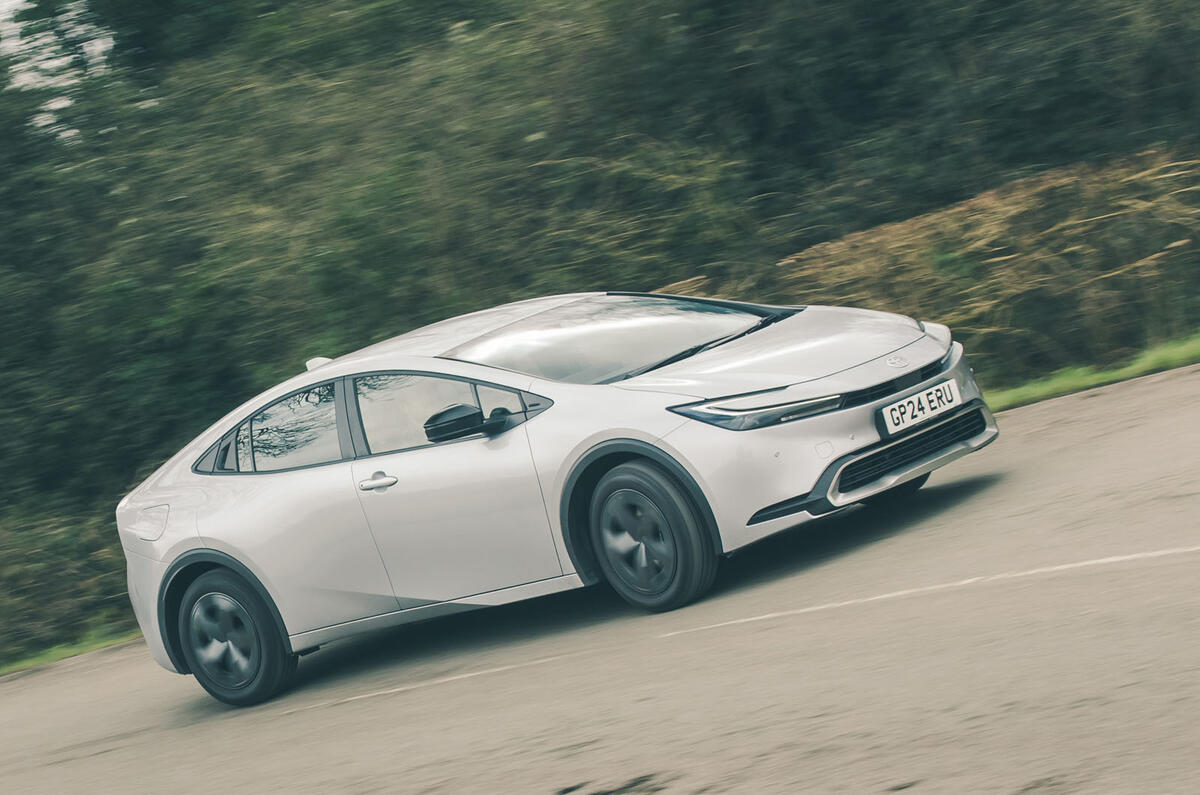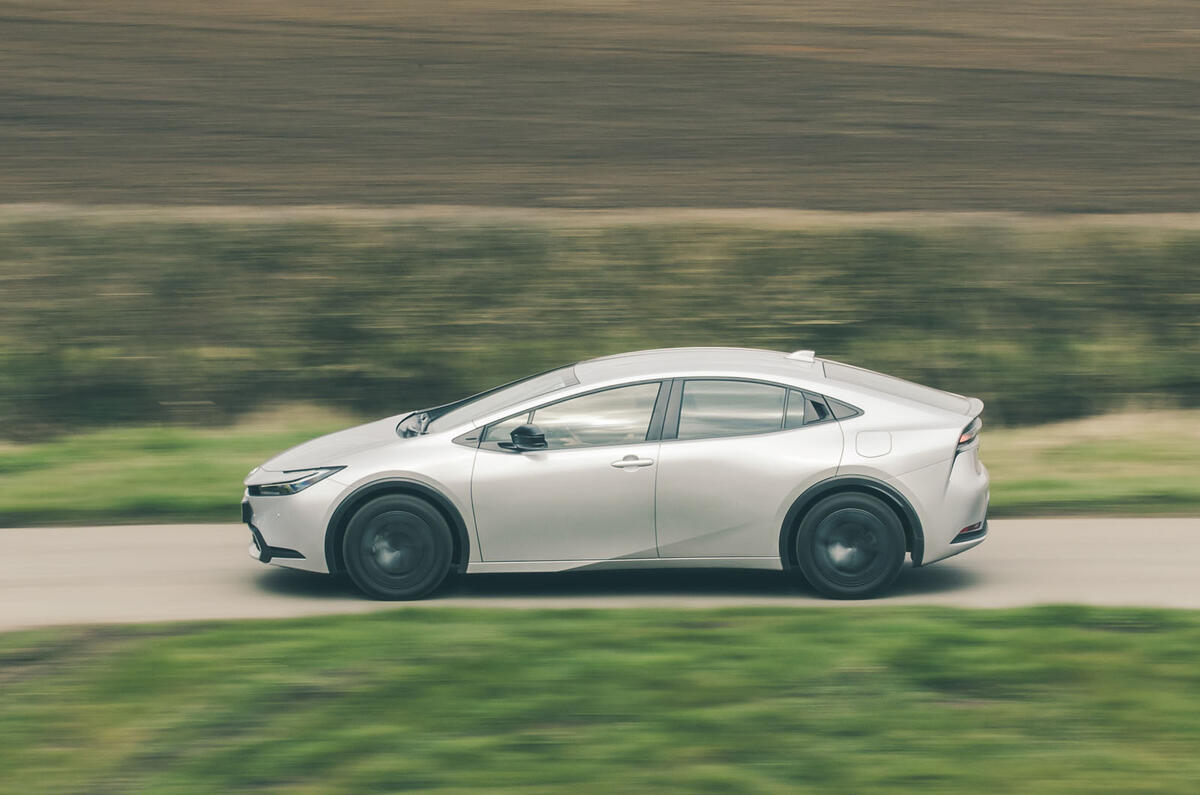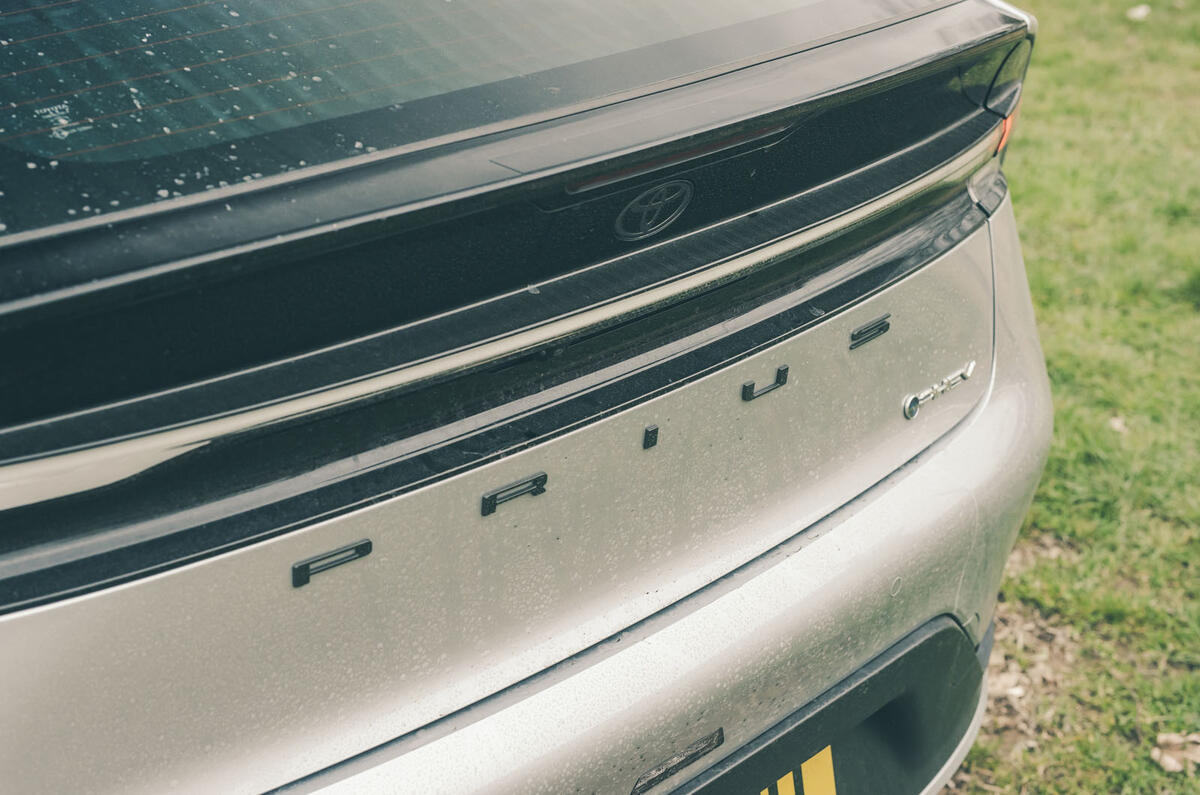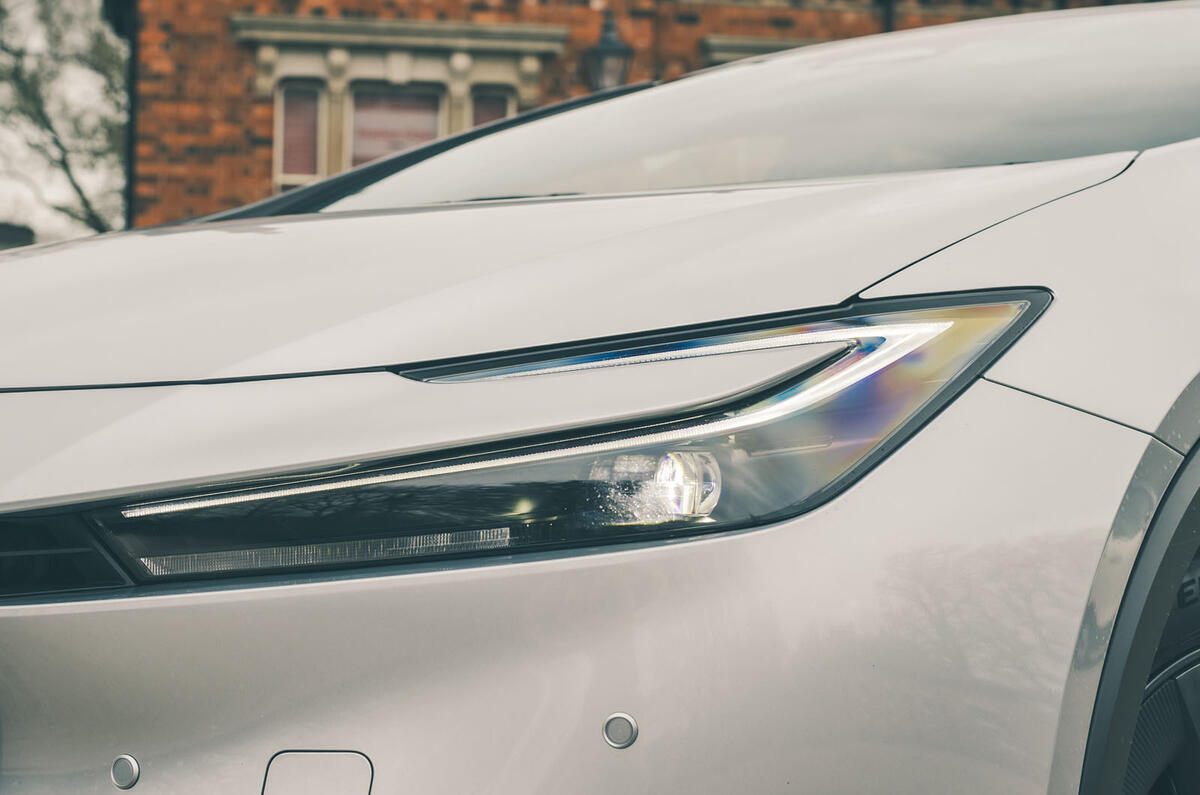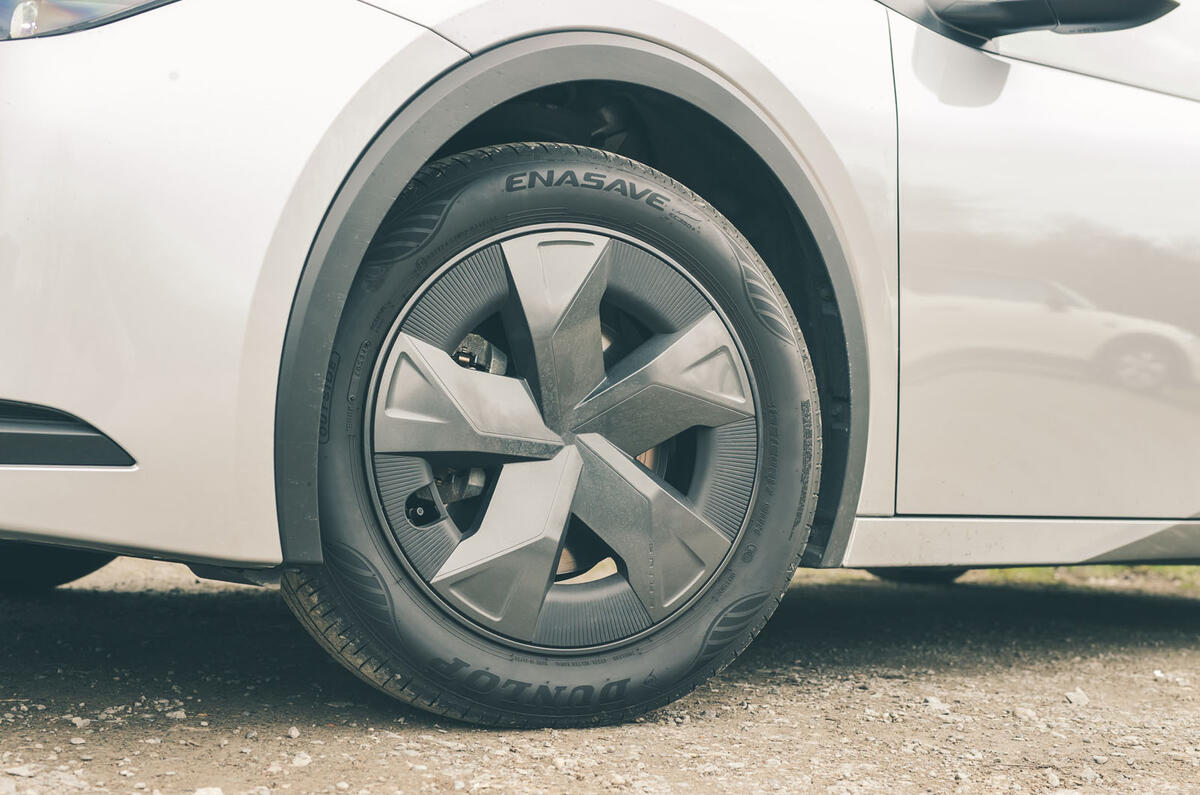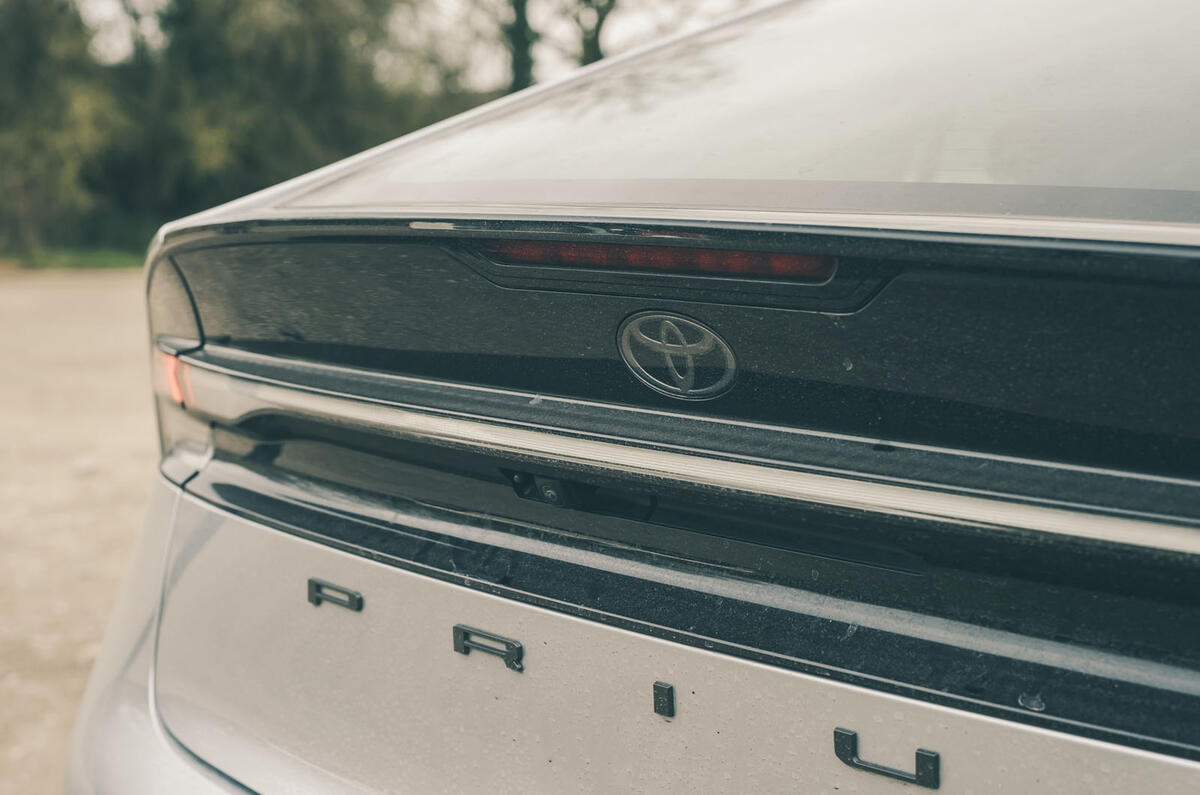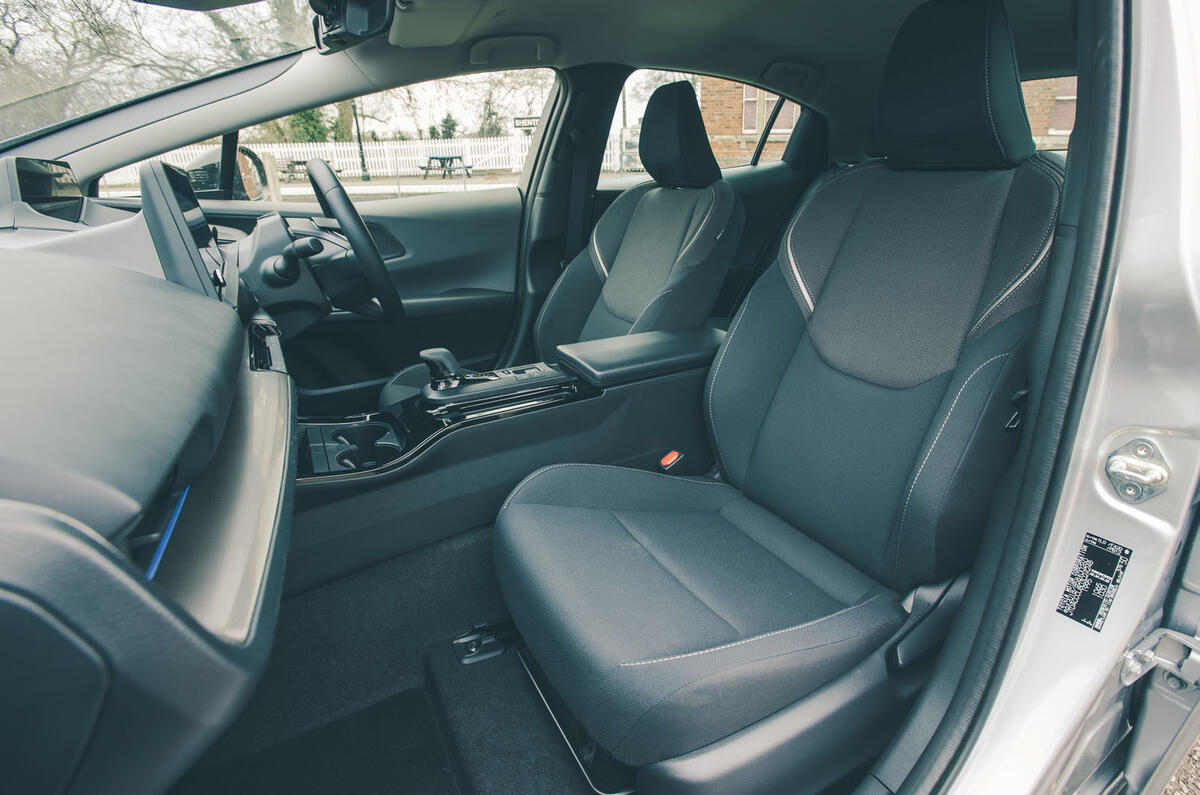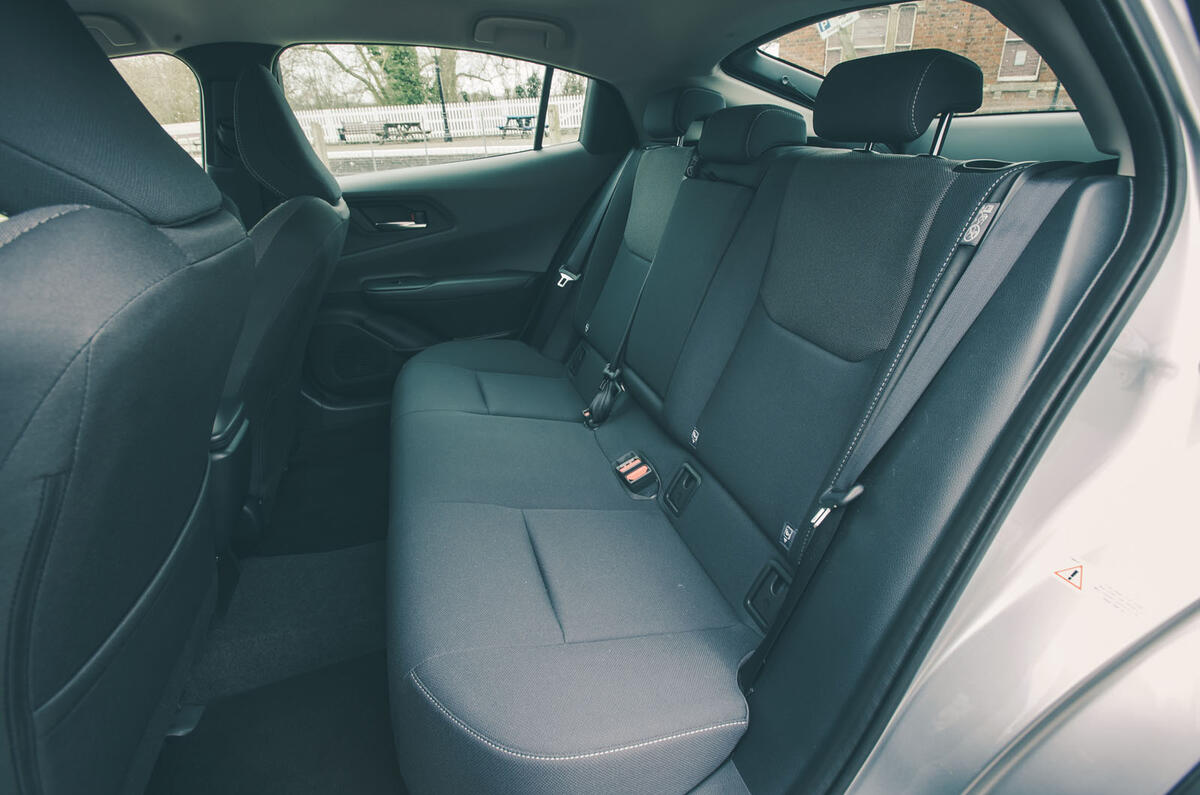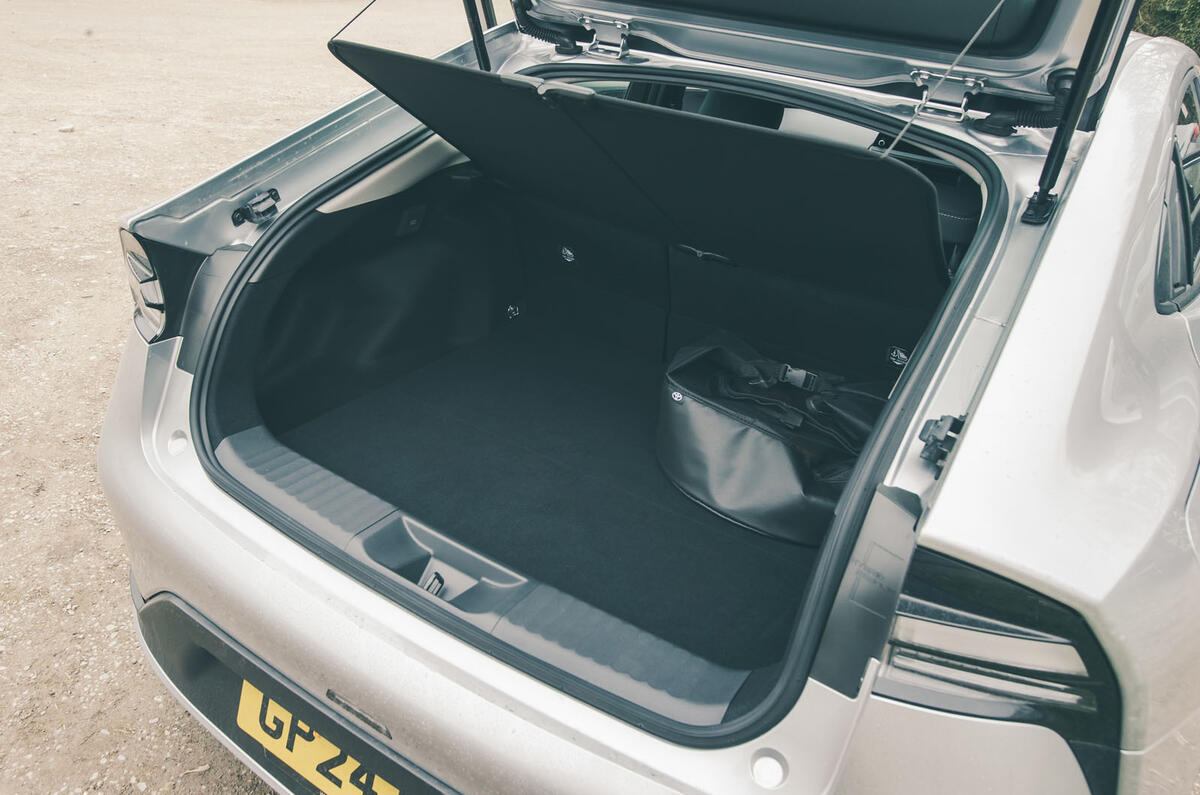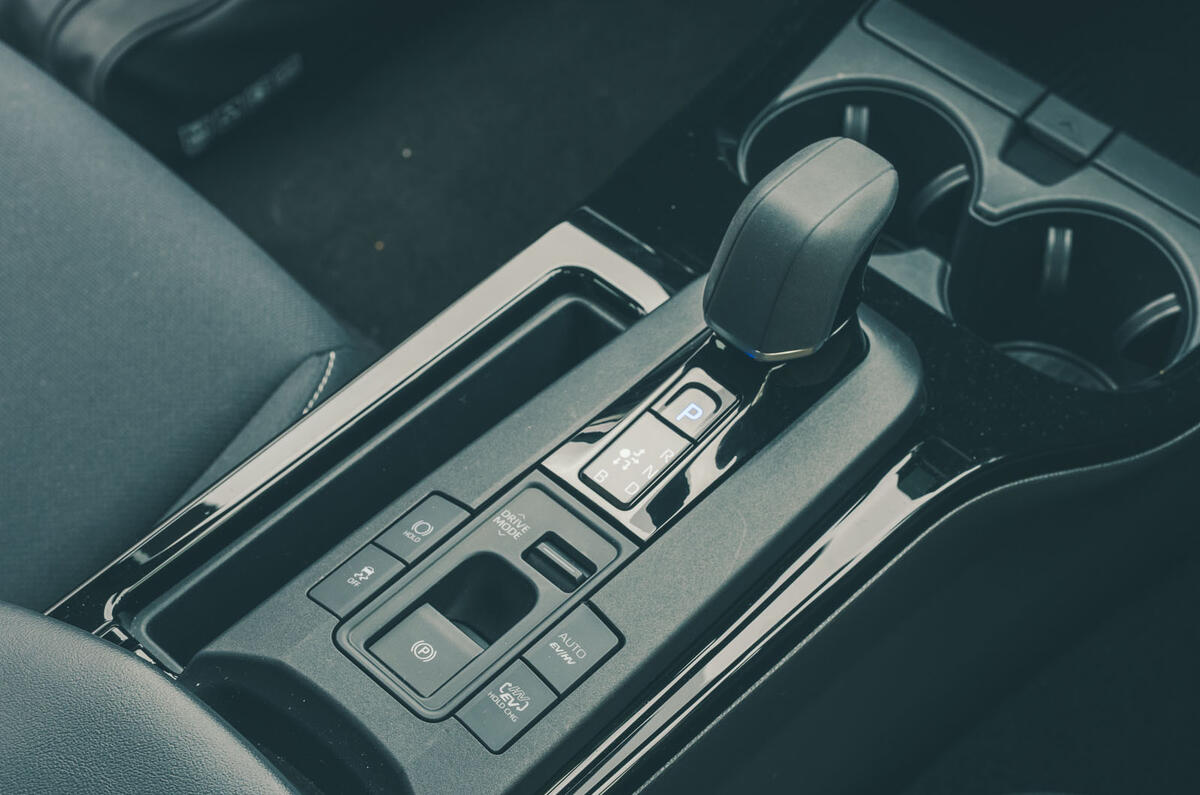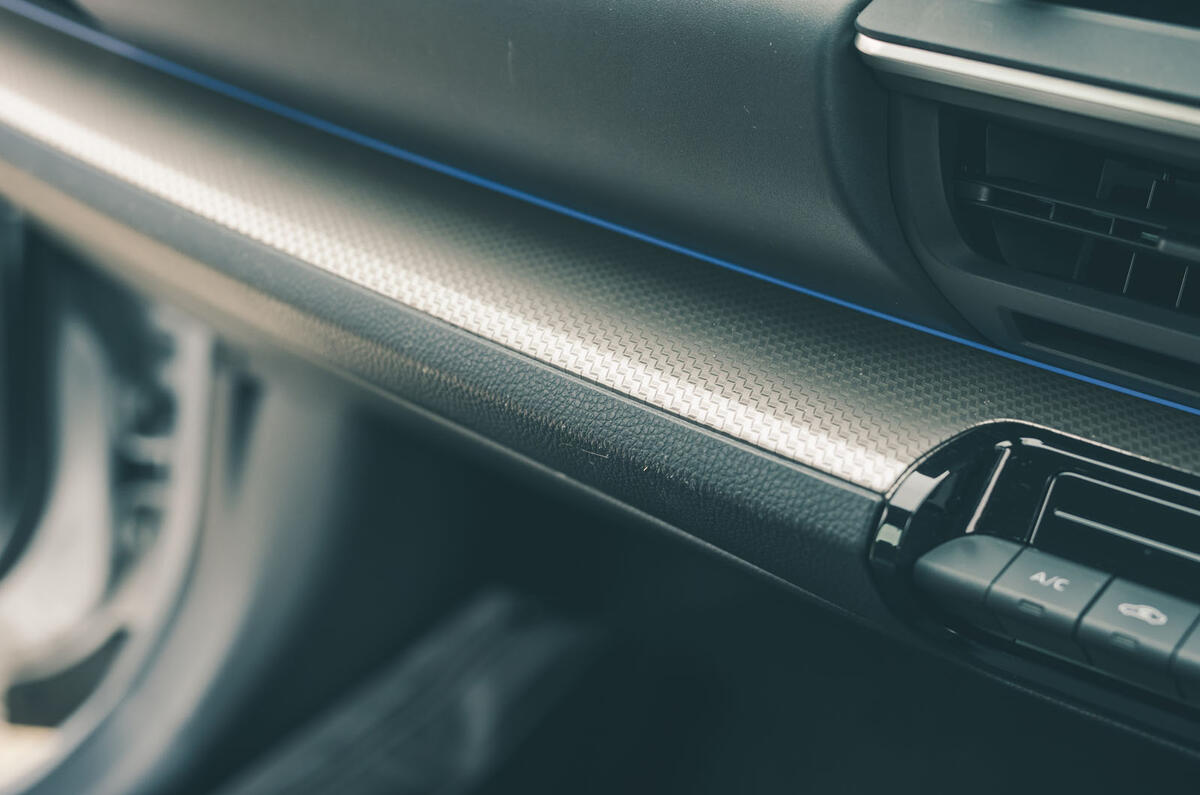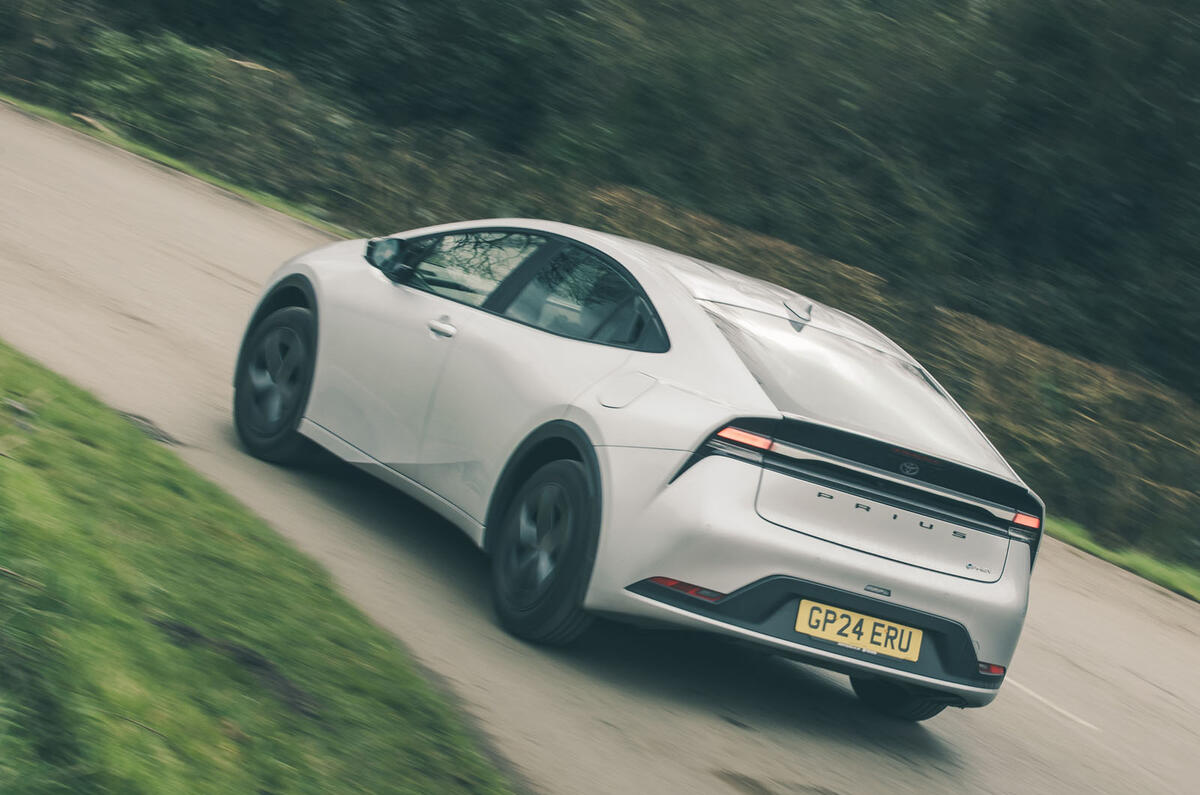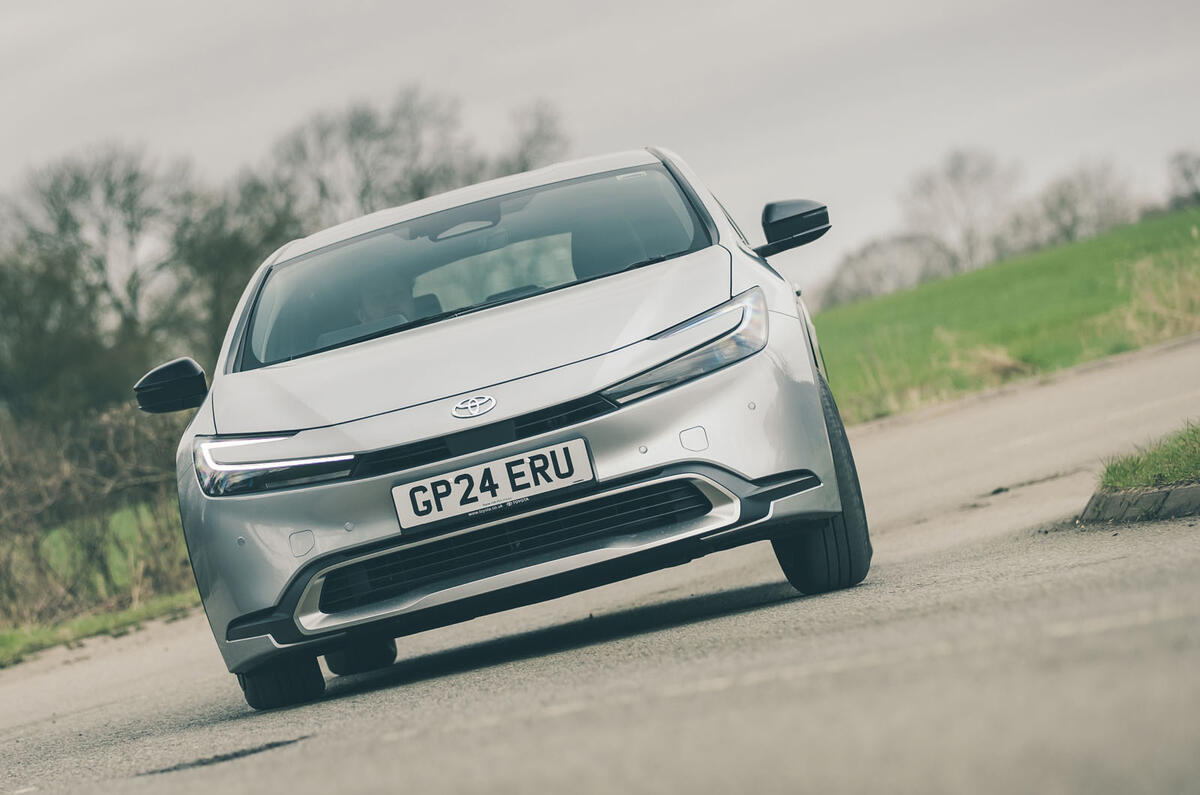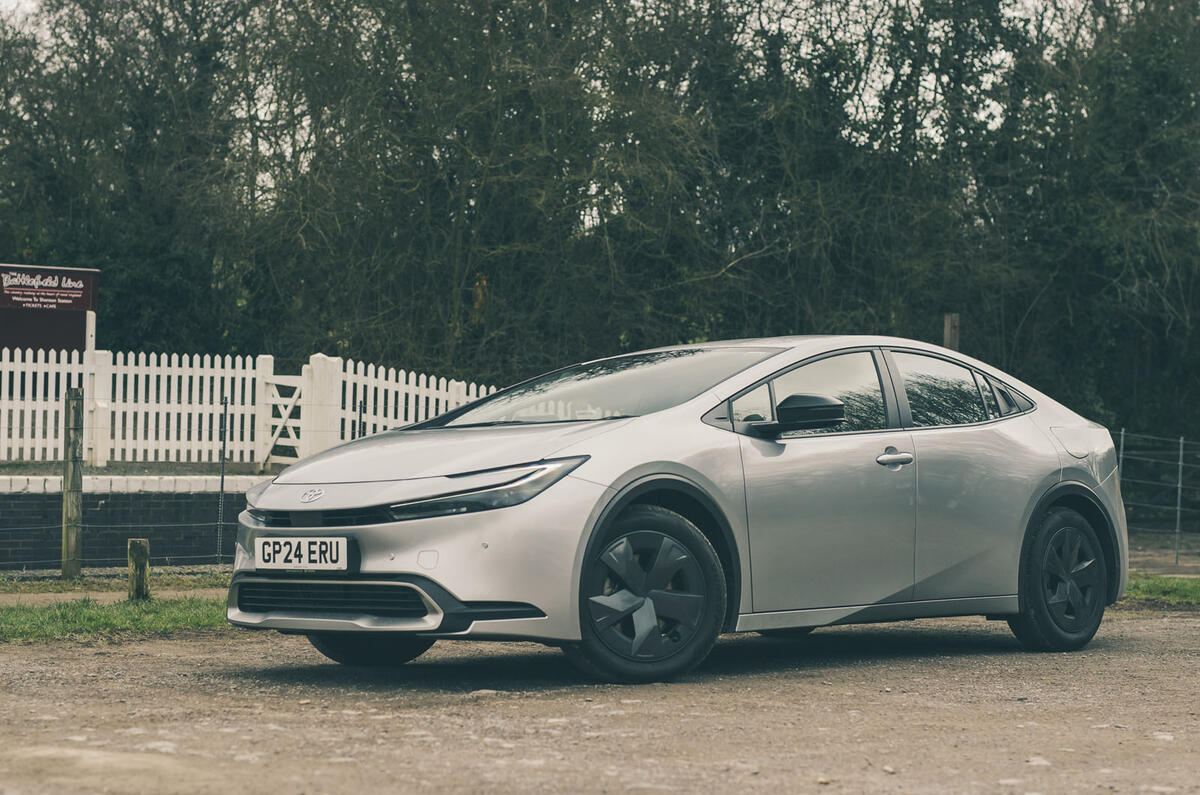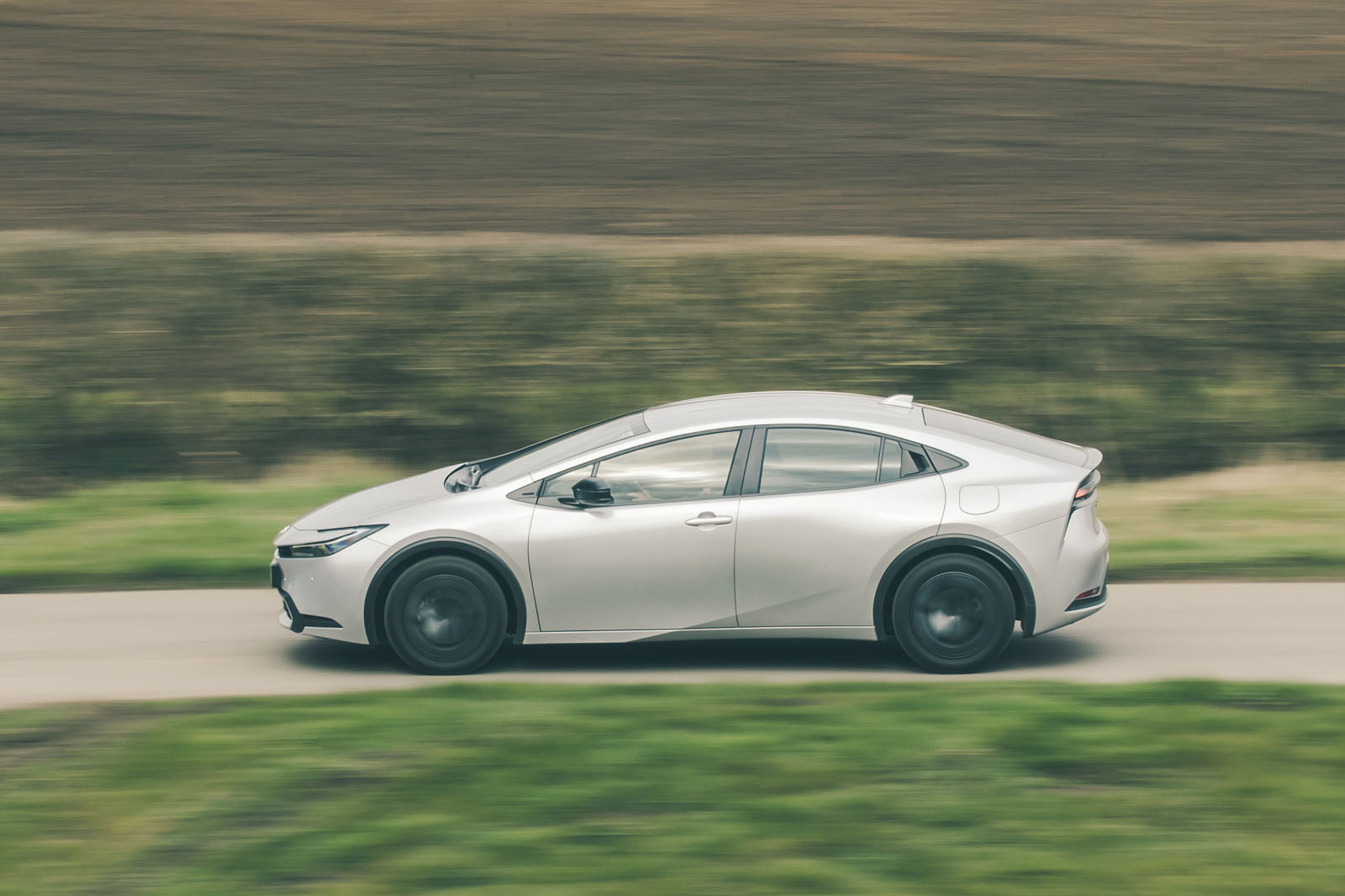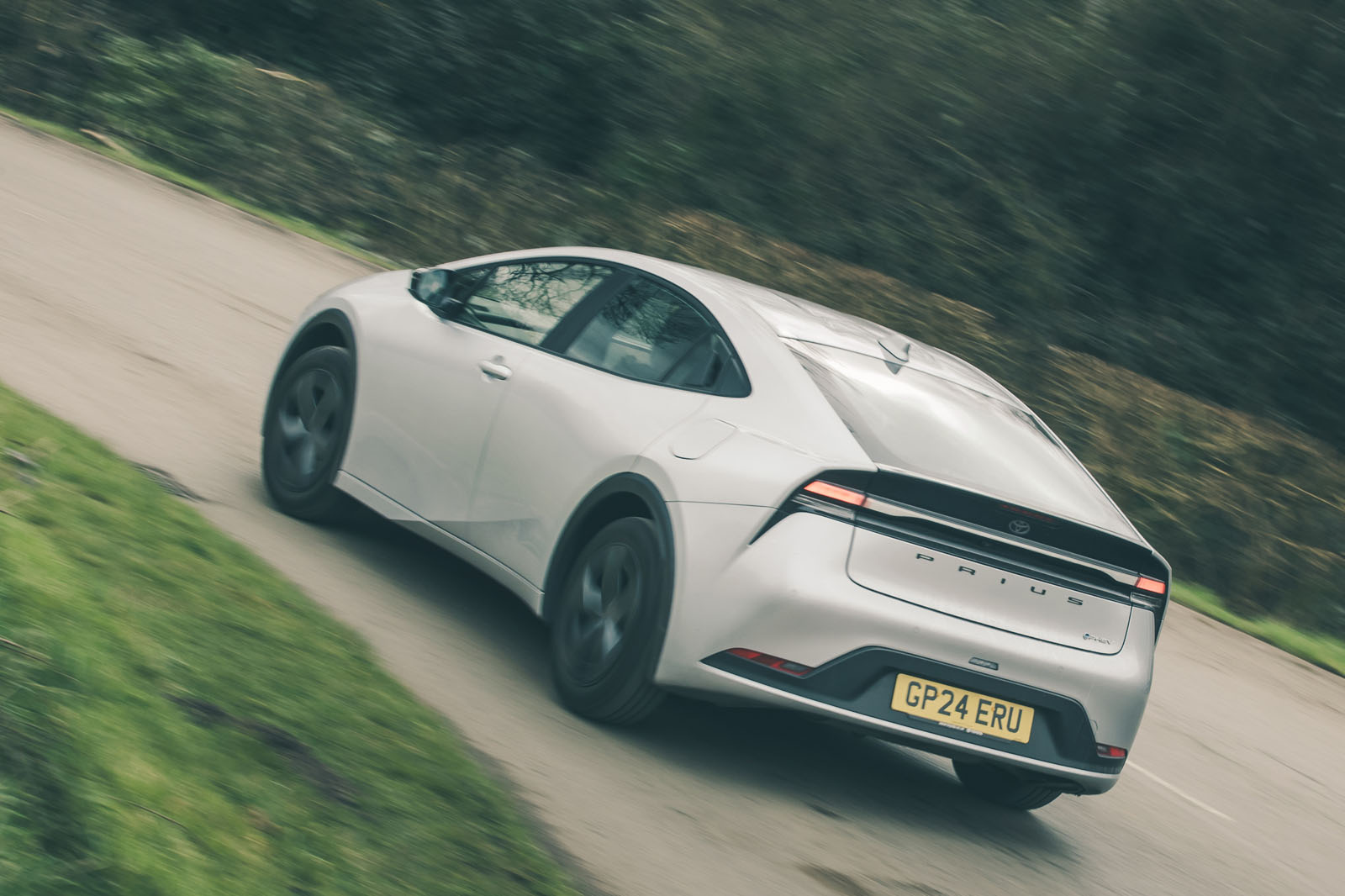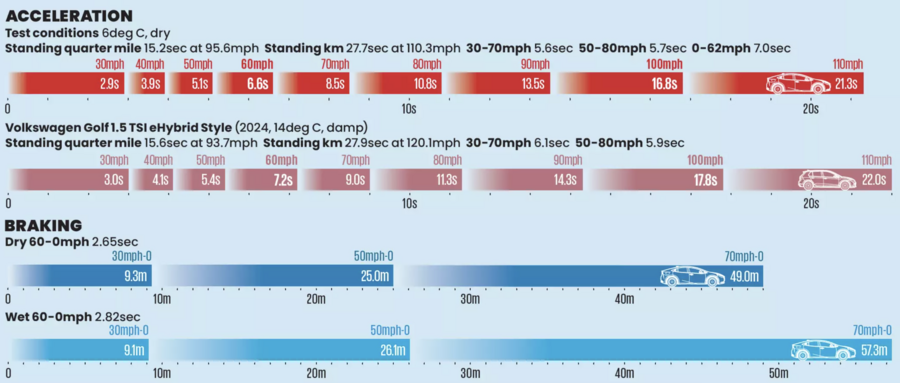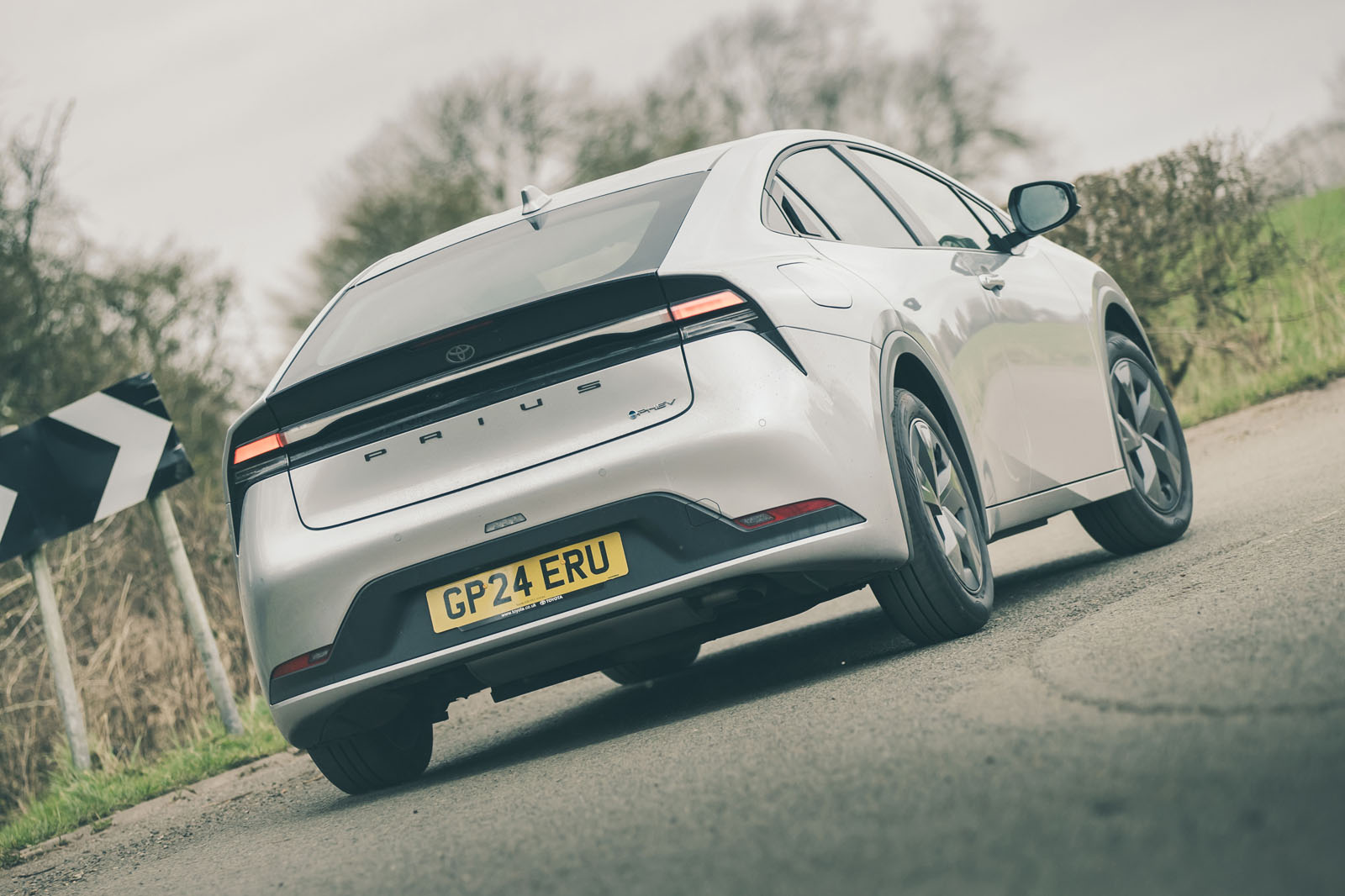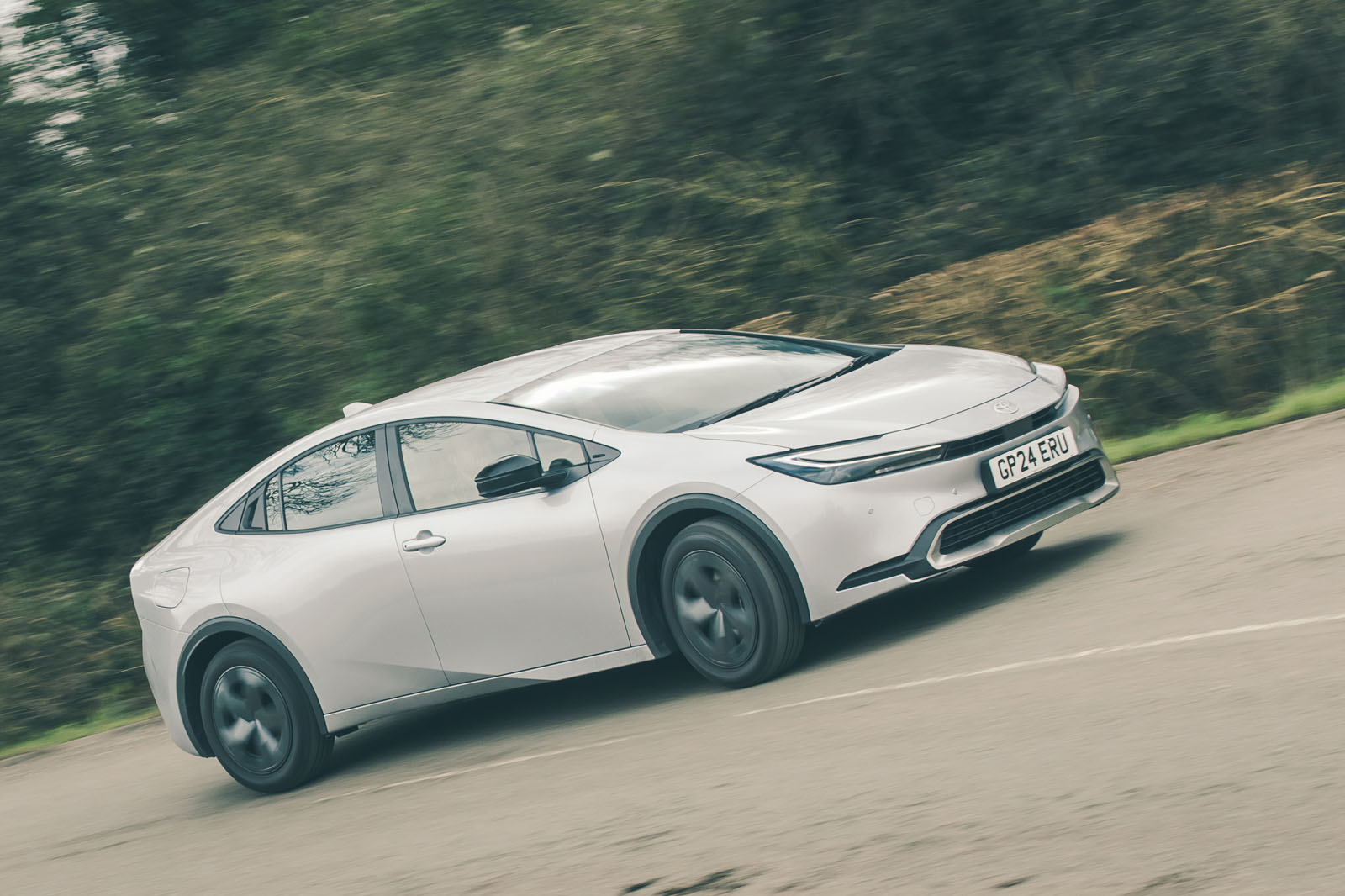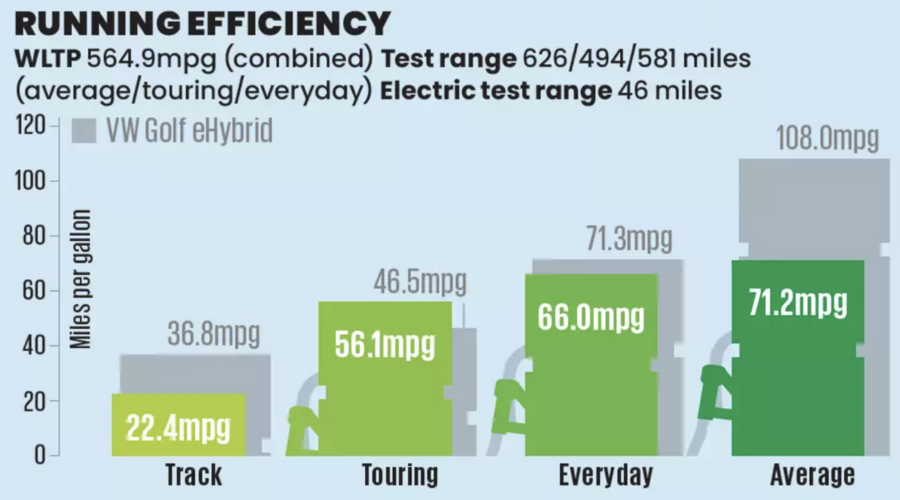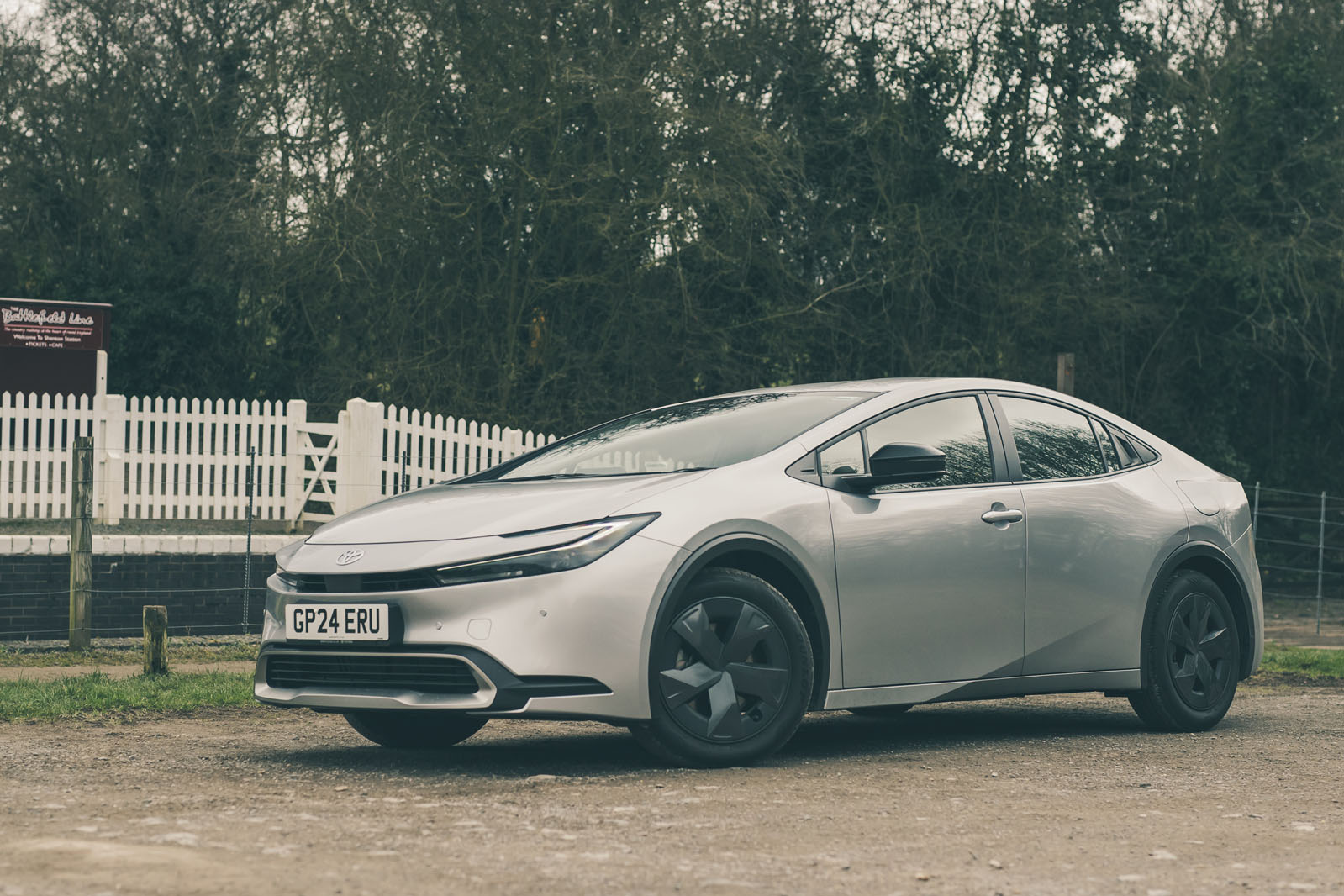It seemed odd, perhaps even a bit cruel, when the Toyota Prius was nixed from its maker's UK line-up just as the model, after decades in existence, was hitting its stride in respect to capability and desirability.
Strange timing indeed, even if sales had been cannibalised by the C-HR crossover, to the extent that the Prius was finding only 600 or so buyers annually.
That was back in 2022, and the following year Toyota reversed its decision. Result: the fifth generation of the world’s most famous hybrid is now available over here, and anybody who hasn’t been paying attention might need a moment to adjust to its presence.
For one thing, the exterior design is now striking enough to turn heads as its glides down city streets – something the outgoing model does too, but only because Uber users are straining to make out the registration plate (with so many Priuses around, it’s the only way to work out if that particular silver Prius is yours).
Also, power. In the UK the Prius will be available only in PHEV form, and while the previous generation could also be had with a plug, total output was a modest 120bhp, whereas the new car makes fully 220bhp, which should give it a resolutely un-Prius-like turn of pace, should you boot it.
Combine those elements with an official electric range topping 50 miles and chassis modifications that ought to make the Prius a more comfortable and neater-handling prospect than ever before, and you have, on paper, a recipe for success.
What we will now learn is how good Toyota has been in the execution.


